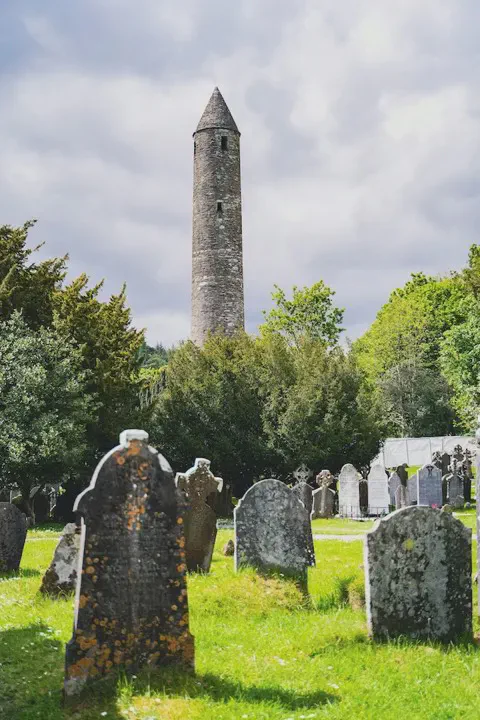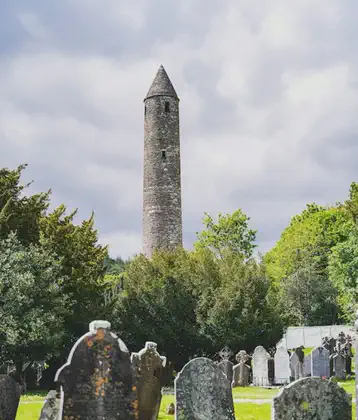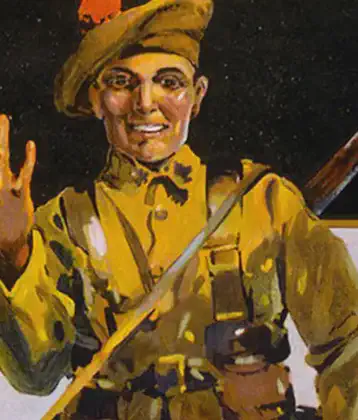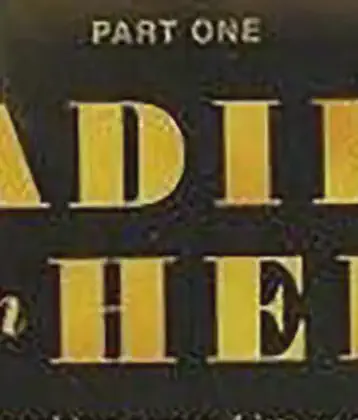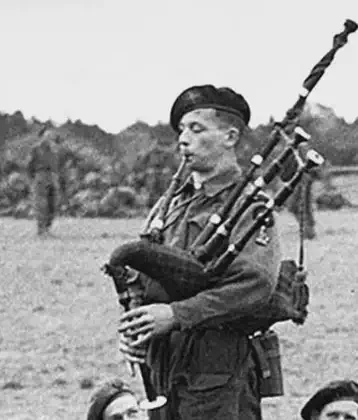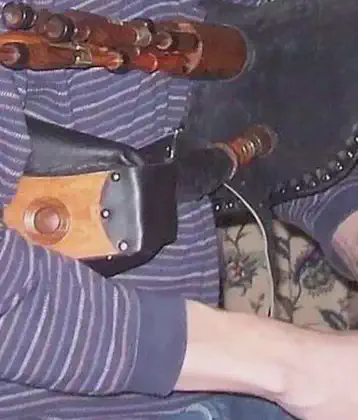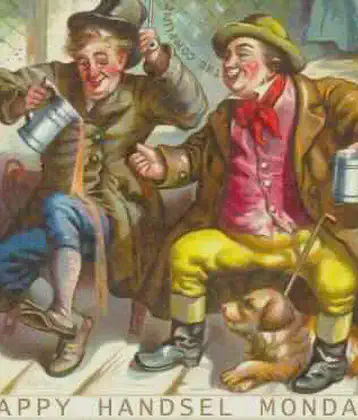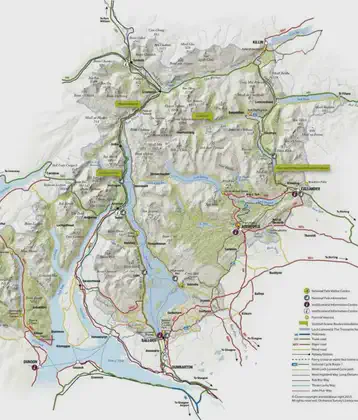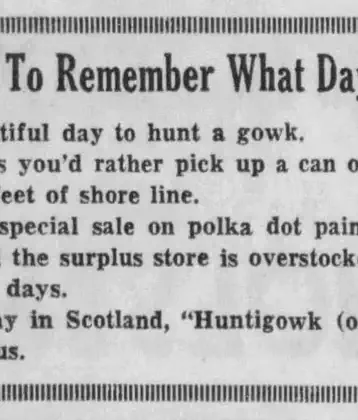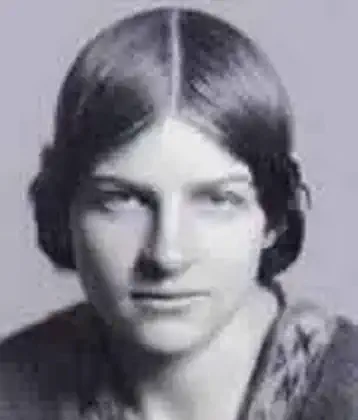September 1st , 1643
The Battle of Tippermuir (September 01, 1644) was the first battle James Graham, 1st Marquess of Montrose fought for the king during the Scottish Civil War.
The main objective of the battle was the reclamation of Perth. Montrose had joined forces with Alaster MColl Keitach (known as Alasdair MacColla McDonald) and his Irish soldiers. Nevertheless, he was greatly outnumbered by the Covenanters: Montroses Highlanders and the Irish together made up no more than 2000 men, Lord Elcho on the other side had 7,000 infantry and 700 horse. Yet Montroses men were more experienced and better motivated, a fact that would count to their advantage during the battle.
The two armies met at Tippermuir, three miles outside of Perth. On the Covenanters side, Lord Elcho commanded the right wing, James Murray of Gask the centre, and the left flank was given over to Sir James Scott of Rossie, the only veteran soldier present in the Covenant army that day. Montrose put Lord Kilpoint and 400 archers on the left, directly in front of Elcho. Montrose took the left side himself, and in the centre he placed the Irish. Montrose drew up his troops in a line only three deep, thus making the front of his line much longer than Elchos.
At this point Montrose is said to have delivered a speech saying: Gentlemen: it is true you have no arms; your enemy, however, to all appearance, have plenty. My advice to you therefore is that as there happens to be a great abundance of stones upon this moor, every man should provide himself, in the first place, with as stout a one as he can manage, rush up to the first Covenanter he meets, beat out his brains, take his sword, and then I believe he will be at no loss how to proceed!
An early assault by Elcho using cavalry was quickly turned back. The Highlanders then attacked Elchos musketeers in the back, while the Irish attacked the centre. The whole scene soon developed into a complete rout. Sir James Scott of Rossie attempted to hold the left flank, but Montrose led his Athollmen in a charge that placed them in front of Scotts men, and pushed them back into the main body of the Covenanters. The battle now turned into a blood-bath. A group of townspeople had come to view the battle, believing Montroses army would be quickly subdued. Now they were caught up in the slaughter, and in the confusion many died. Elcho is reported to have lost two thousand men, Montrose only one, although there are no independent estimates, and as Montrose could only field 44 horsemen at the Battle of Aberdeen, less than two weeks later, from the 150 he had been given by the Earl of Newcastle and were fielded in this battle, this is likely to represent Royalist propaganda.
This battle served two main purposes: it proved Montroses strategic genius, at the same time as it revived the Royalist cause in Scotland.
